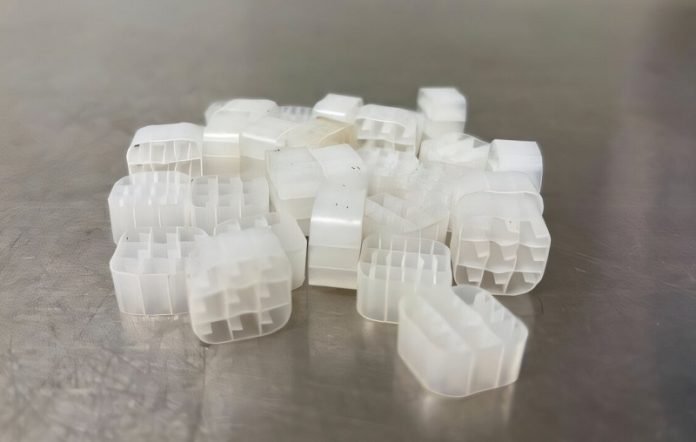
What if we could take harmful greenhouse gases like carbon dioxide (CO₂) and carbon monoxide (CO) and turn them into clean, renewable energy?
That’s exactly what researchers, including Dr. Lu Feng from NIBIO, are working on—and the results look promising.
Their research focuses on using extremely thin layers of microorganisms, known as biofilms, to transform these gases into biomethane, a clean-burning fuel that could replace natural gas.
Biofilms are tiny communities of microbes that naturally grow on surfaces.
In this project, scientists have found ways to “engineer” these biofilms so that they process gas streams, like CO₂ and CO, in special reactors without oxygen. These biofilm reactors can turn pollution into a usable energy source with more than 96% methane purity.
Traditionally, biogas is made by breaking down organic waste like food scraps or animal manure.
But this new method skips the need for waste and instead captures gas directly from industrial sources.
According to Dr. Feng, the biofilms help speed up gas conversion, improve the quality of the fuel, and tolerate toxic substances that normally interfere with gas production.
One of the breakthroughs was introducing specific methane-producing microbes into the system—a technique called bioaugmentation.
This made the process more efficient and helped the reactors perform well even when dealing with tough substances like hydrogen sulfide (H₂S) and ammonia, both common in industrial waste.
In one study, reactors without biofilm lost up to 30% of methane when exposed to H₂S. But biofilm reactors kept producing high-quality methane, even under extremely toxic conditions.
In another experiment, the team tested how well the system worked with high levels of ammonia, often found when using fish waste or food leftovers to make biogas.
Surprisingly, the biofilms still produced methane, thanks to microbes like Methanothermobacter, which can turn hydrogen and CO₂ into methane.
The researchers also experimented with syngas, a mix of hydrogen and carbon monoxide, often created from plastic waste or wood.
These materials usually don’t break down in traditional biogas systems, but the biofilm reactors made it possible to extract energy from them. They found that adding hydrogen boosted methane production, although too much hydrogen caused problems—showing that careful balance is key.
Dr. Feng and his team believe these biofilm-based reactors could play a major role in reducing harmful emissions while producing renewable energy.
Their work shows it’s possible to turn climate-changing gases into clean fuel—and that tiny microbes might help us power a greener future.



